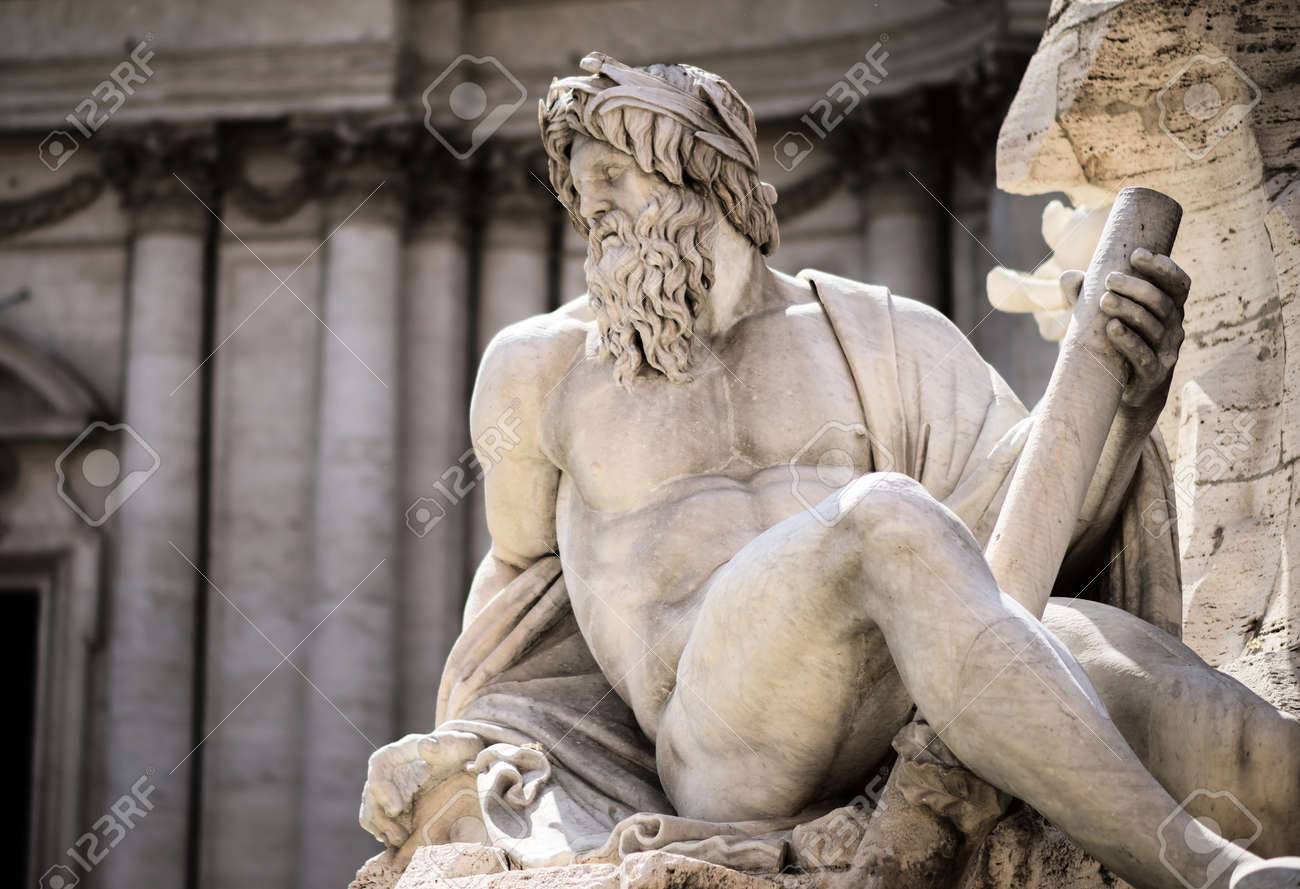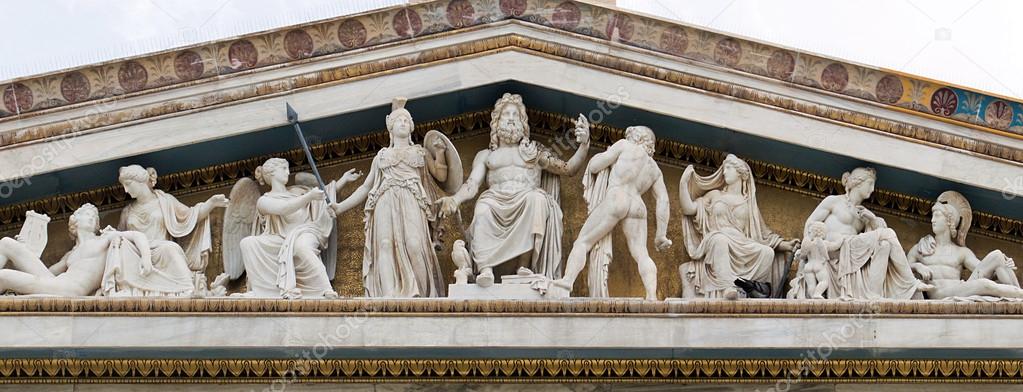My girlfriend's grandmother has passed away. It was an emotional affair and the days have been rough but filled with love. I need some rest, and I need to give praise to Hermes Psychopompos. Psychopompos (ψυχοπομπός) literally means the "guide of souls". Psycholompoi escort newly deceased souls from Earth to the afterlife. Their role is not to judge the deceased, but simply to provide safe passage. In Hellenic mythology, Hermes and Hekate are both Psycholompoi.
"Hermes Kyllenios (of Mt Kyllene) began to summon the suitors' ghosts [at dawn's first light]; he held in his hand the golden rod that he uses to lull men's eyes asleep when he so wills, or again to wake others from their slumber; with this he roused them and led them on, and they followed him, thinly gibbering. As in a recess of some eerie cave a chain of bats may be hanging downwards from the rock, but one of them drops from the clinging cluster and then all the rest flit squeaking round, so did these ghosts travel on together squeaking, while easeful Hermes led them down through the ways of dankness. They passed the streams of Okeanos, the White Rock (leukas petre), the Gates of the Sun (pylai helion) and the Land of Dreams (demos oneiron), and soon they came to the Field of Asphodel (leimon asphodelon) where the souls (psykhai), the phantoms of the dead (eidola) have their habitation . . .
Hermes the Radiant One (Argeiphontes) drew near [to the gathering of the ghosts of heroes], leading down the souls of the suitors who had fallen by Odysseus' hand. Amazed to see this, the two heroes [Akhilleus and Agamemnon] moved straight towards them [and queried the newly arrived shades]."
"Zeus himself . . . commanded that glorious Hermes . . . only should be the appointed messenger to Haides, who, though he takes no gift, shall give him no mean prize [perhaps meaning that, in return, Haides and Persephone send grass up from the earth for the grazing of herds]."
And the journey is not as Telephos says in the play of Aiskhylos; for he says a simple path leads to Haides (the lower world), but I think the path is neither simple nor single, for if it were, there would be no need of guides, since no one could miss the way to any place if there were only one road. But really there seem to be many forks of the road and many windings; this I infer from the rites and ceremonies practiced here on earth [i.e. the Mystery cults]. Now the orderly and wise soul follows its guide and understands its circumstances; but the soul that is desirous of the body, as I said before, flits about it, and in the visible world for a long time [i.e. as a haunting ghost], and after much resistance and many sufferings is led away with violence and with difficulty by its appointed genius (daimon)." [N.B. "led away with violence" cf. the story of the runaway ghost Sisyphos and Hermes.]
"Hermes Kyllenios (of Mt Kyllene) began to summon the suitors' ghosts [at dawn's first light]; he held in his hand the golden rod that he uses to lull men's eyes asleep when he so wills, or again to wake others from their slumber; with this he roused them and led them on, and they followed him, thinly gibbering. As in a recess of some eerie cave a chain of bats may be hanging downwards from the rock, but one of them drops from the clinging cluster and then all the rest flit squeaking round, so did these ghosts travel on together squeaking, while easeful Hermes led them down through the ways of dankness. They passed the streams of Okeanos, the White Rock (leukas petre), the Gates of the Sun (pylai helion) and the Land of Dreams (demos oneiron), and soon they came to the Field of Asphodel (leimon asphodelon) where the souls (psykhai), the phantoms of the dead (eidola) have their habitation . . .
Hermes the Radiant One (Argeiphontes) drew near [to the gathering of the ghosts of heroes], leading down the souls of the suitors who had fallen by Odysseus' hand. Amazed to see this, the two heroes [Akhilleus and Agamemnon] moved straight towards them [and queried the newly arrived shades]."
-- Homeros, Odysseia 24. 1 & 99
"Zeus himself . . . commanded that glorious Hermes . . . only should be the appointed messenger to Haides, who, though he takes no gift, shall give him no mean prize [perhaps meaning that, in return, Haides and Persephone send grass up from the earth for the grazing of herds]."
-- Homeric Hymn 4 to Hermes
"It is said that after death, the tutelary genius (daimon) of each person, to whom he had been allotted in life, leads him to a place where the dead are gathered together [i.e. the daimon guide is Plato's equivalent of Hermes, Guide of the Dead]; then they are judged [i.e. by the Judges of the Dead] and depart to the other world with the guide whose task it is to conduct thither those who come from this world [i.e. the spirit Iakkhos]; and when they have there received their due and remained through the time appointed, another guide [probably Dionysos] brings them back after many long periods of time [i.e. they are reincarnated].
And the journey is not as Telephos says in the play of Aiskhylos; for he says a simple path leads to Haides (the lower world), but I think the path is neither simple nor single, for if it were, there would be no need of guides, since no one could miss the way to any place if there were only one road. But really there seem to be many forks of the road and many windings; this I infer from the rites and ceremonies practiced here on earth [i.e. the Mystery cults]. Now the orderly and wise soul follows its guide and understands its circumstances; but the soul that is desirous of the body, as I said before, flits about it, and in the visible world for a long time [i.e. as a haunting ghost], and after much resistance and many sufferings is led away with violence and with difficulty by its appointed genius (daimon)." [N.B. "led away with violence" cf. the story of the runaway ghost Sisyphos and Hermes.]
-- Plato, Phaedo 107c
"Now when the dead have come to the place where each is led by his genius (daimon) [i.e. by Plato's equivalent of Hermes, Guide of the Dead], first they are judged and sentenced [i.e. by the Judges of the Dead], as they have lived well and piously, or not. And those who are found to have lived neither well nor ill, go to the Akheron and, embarking upon vessels provided for them [i.e. the equivalent of Kharon's skiff], arrive in them at the lake; there they dwell and are purified [i.e. by the equivalent of the Erinyes], and if they have done any wrong they are absolved by paying the penalty for their wrong doings, and for their good deeds they receive rewards, each according to his merits."
-- Plato, Phaedo 112e
"Hermes, I call, whom fate decrees to dwell near to Kokytos, the famed stream of Haides, and in necessity's (ananke) dread path, whose bourn to none that reach it ever permits return. O Bakkheios Hermes, progeny divine of Dionysos, parent of the vine, and of celestial Aphrodite, Paphian queen, dark-eyelashed Goddess, of a lovely mien: who constant wanderest through the sacred seats where Haides' dread empress, Persephone, retreats; to wretched souls the leader of the way, when fate decrees, to regions void of day. Thine is the wand which causes sleep to fly, or lulls to slumberous rest the weary eye; for Persephone, through Tartaros dark and wide, gave thee for ever flowing souls to guide. Come, blessed power, the sacrifice attend, and grant thy mystics' works a happy end."
-- Orphic Hymn 57 to Khthonian Hermes





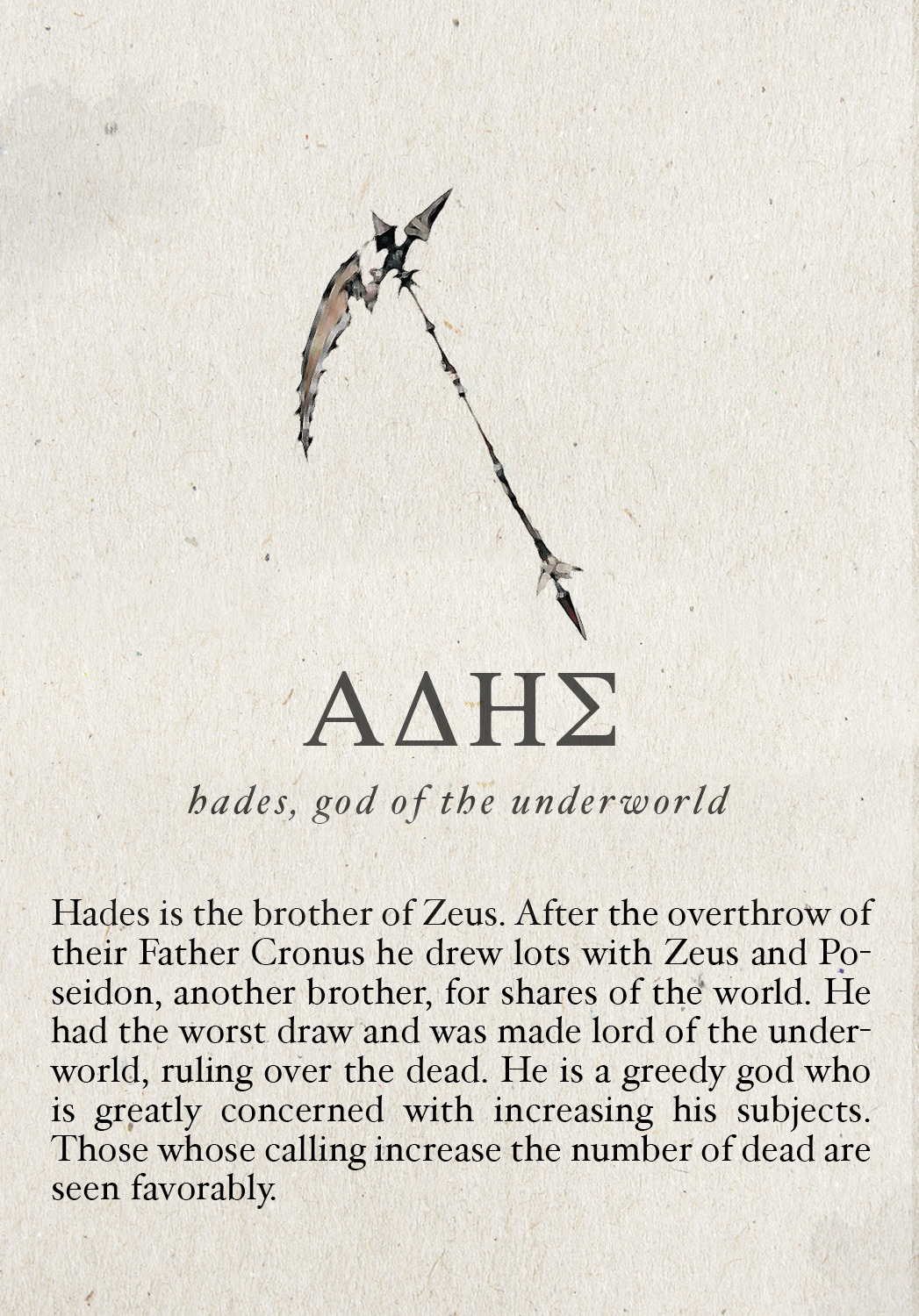
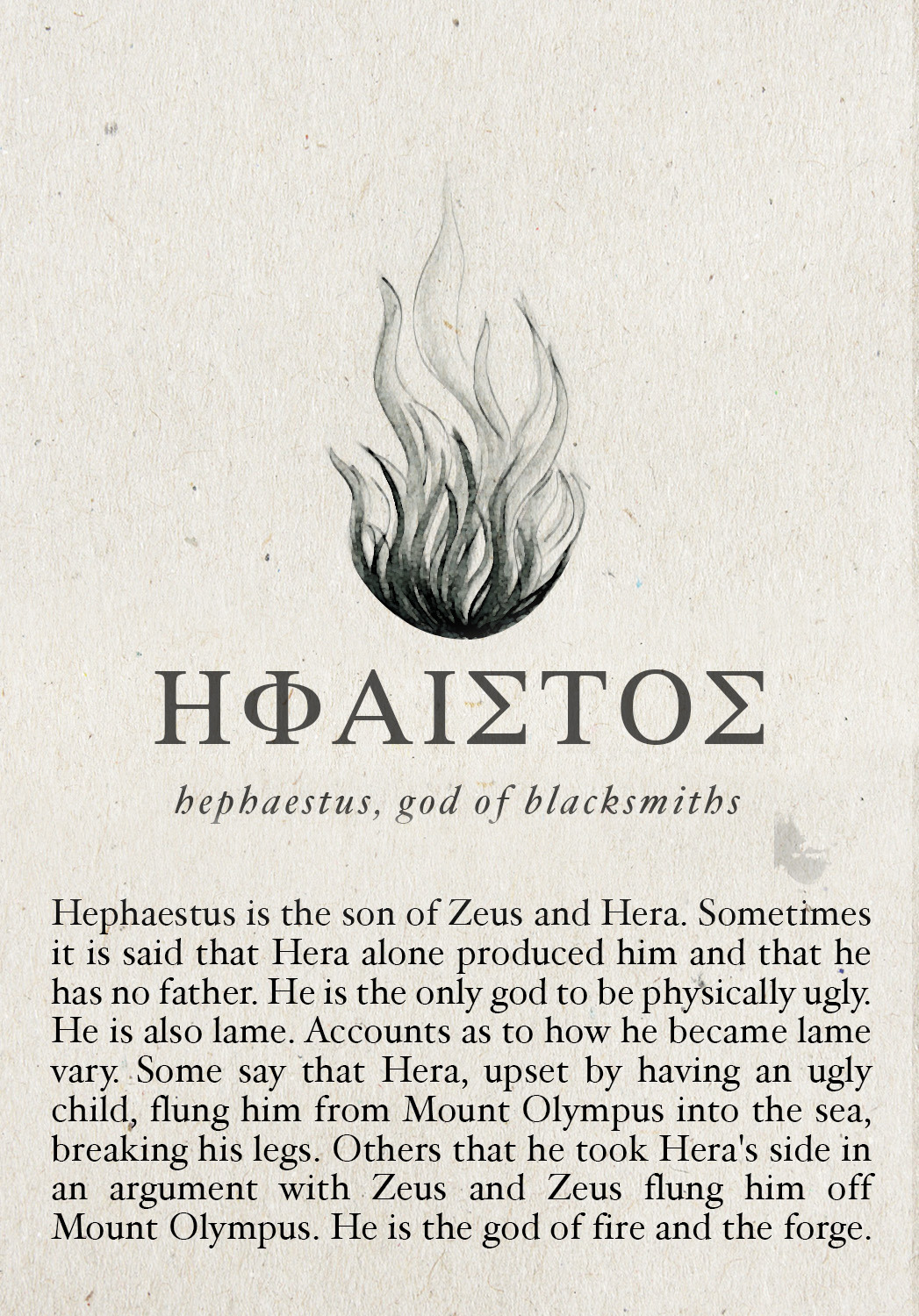
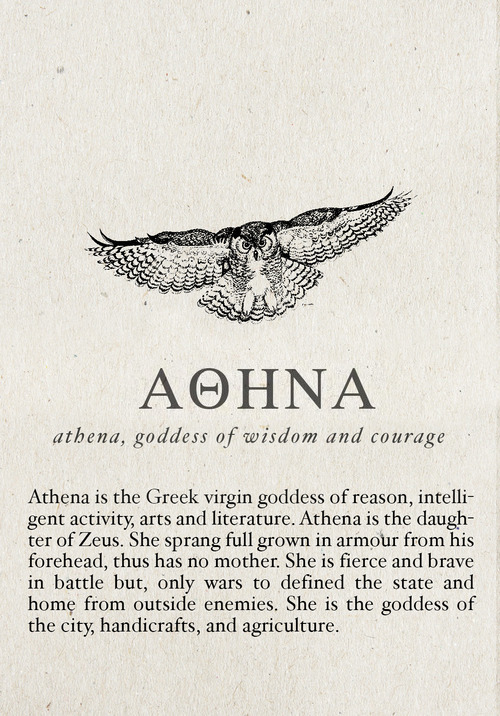

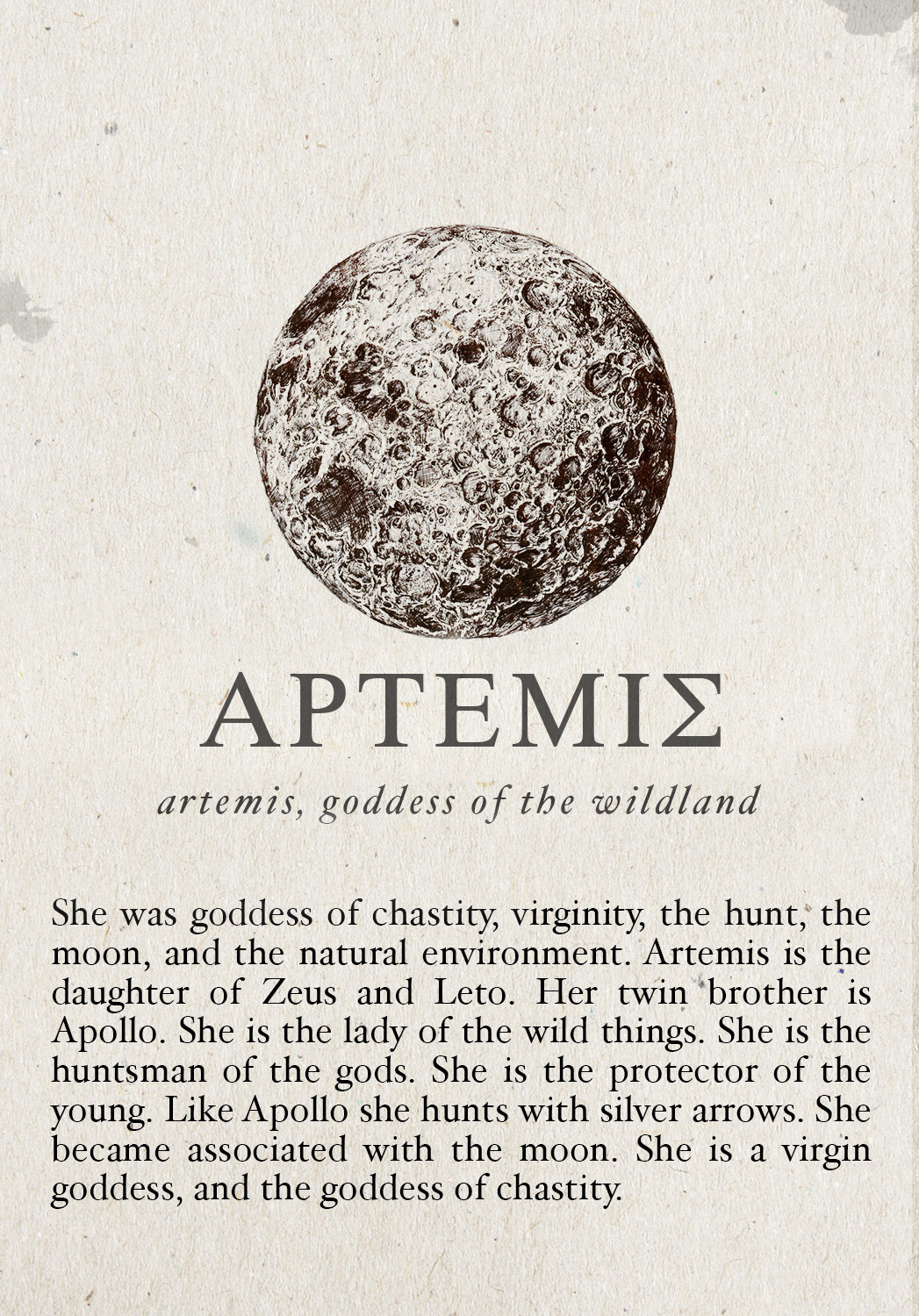
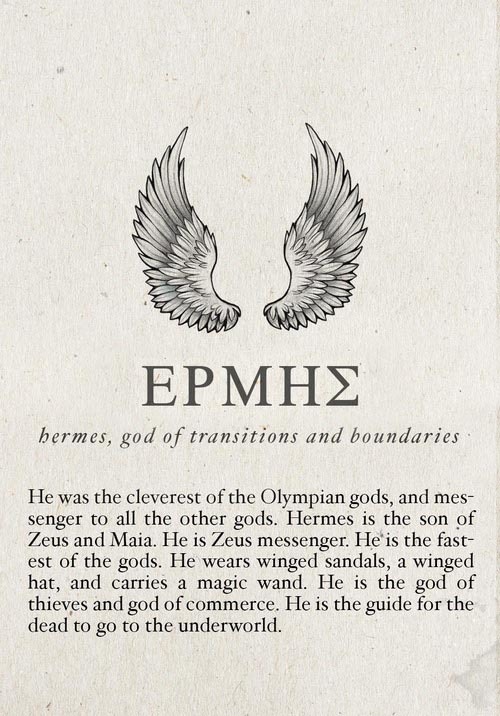
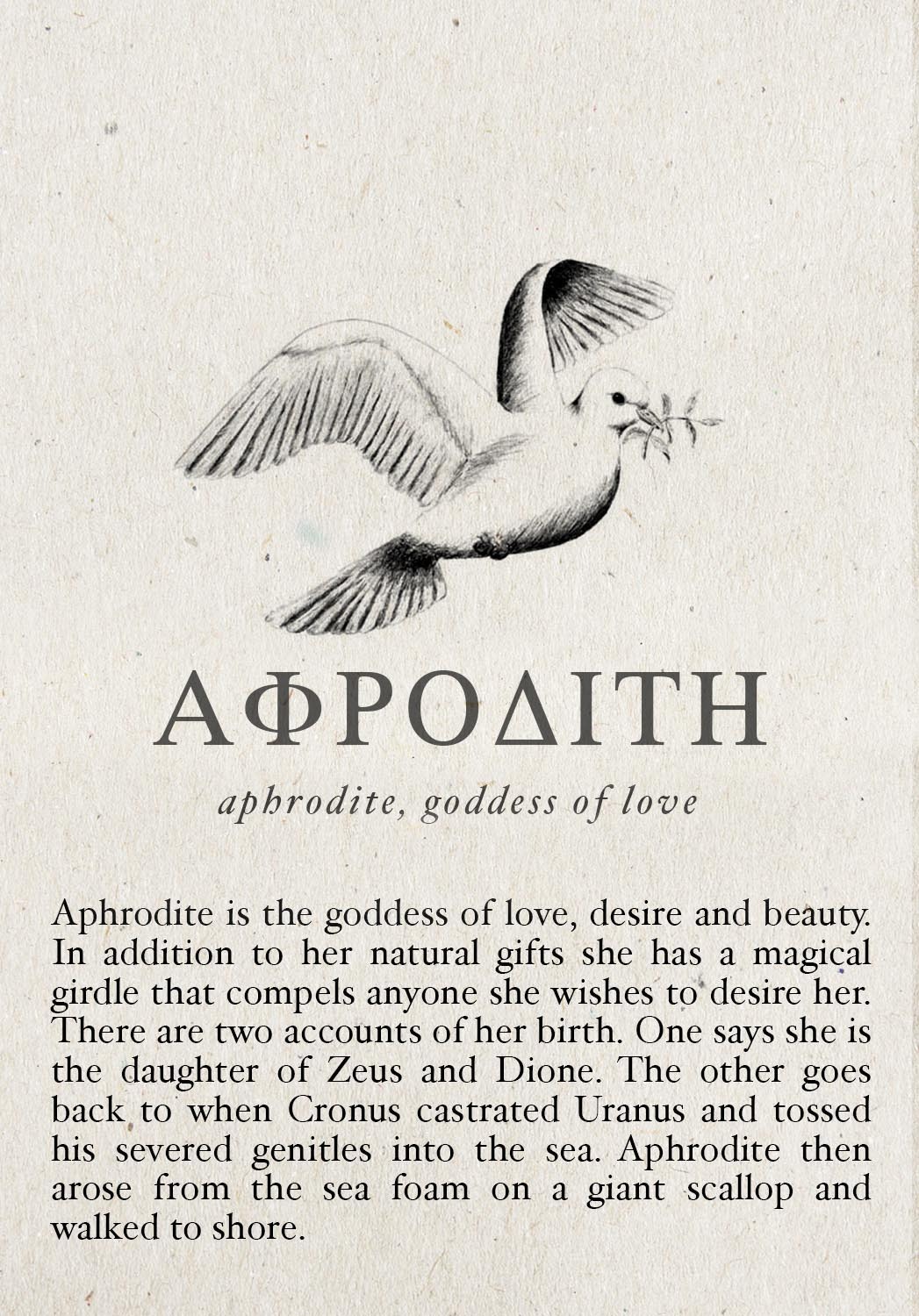
/ZeusStatue_1500-56a6e11c5f9b58b7d0e53897.jpg)


















